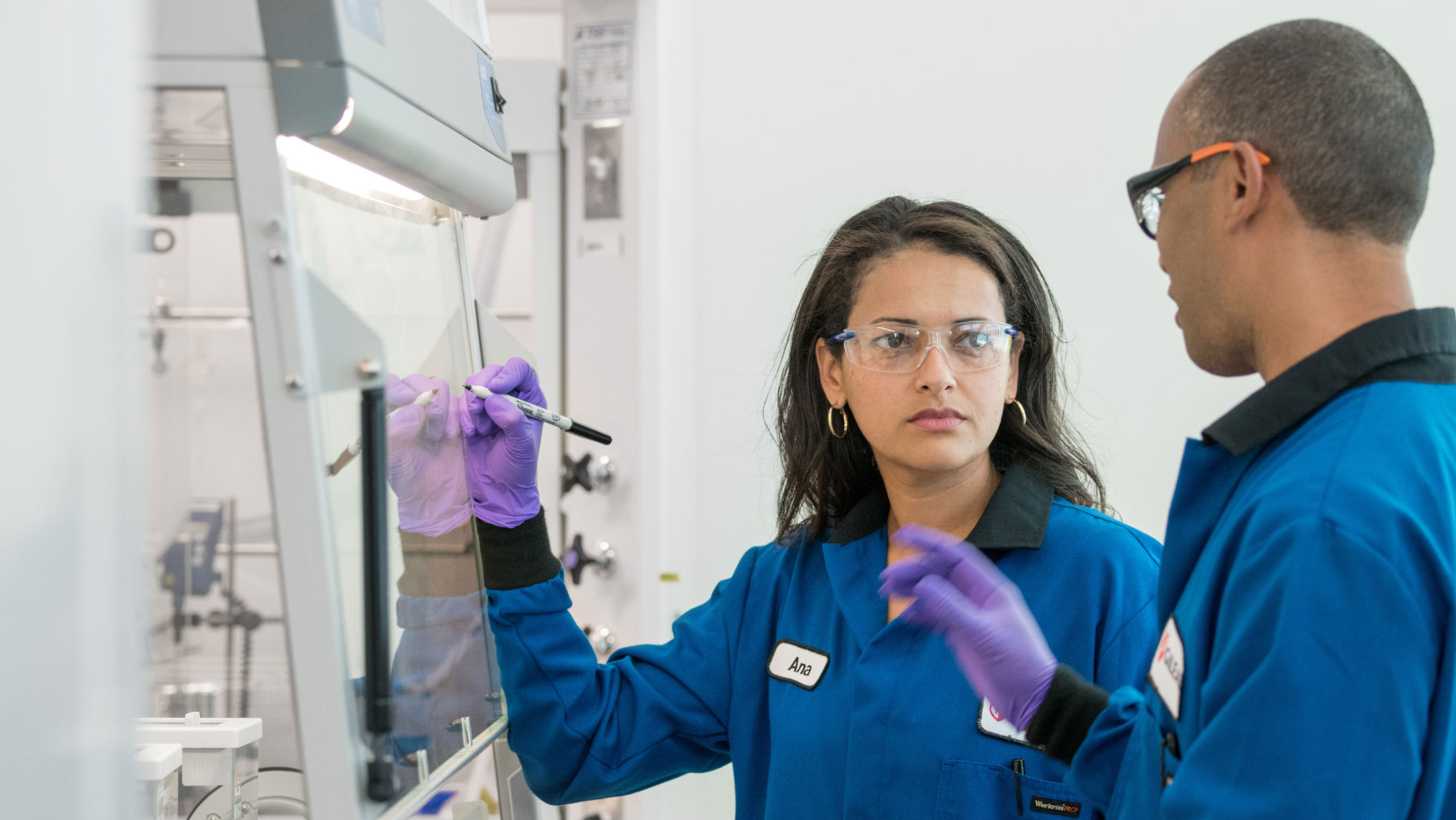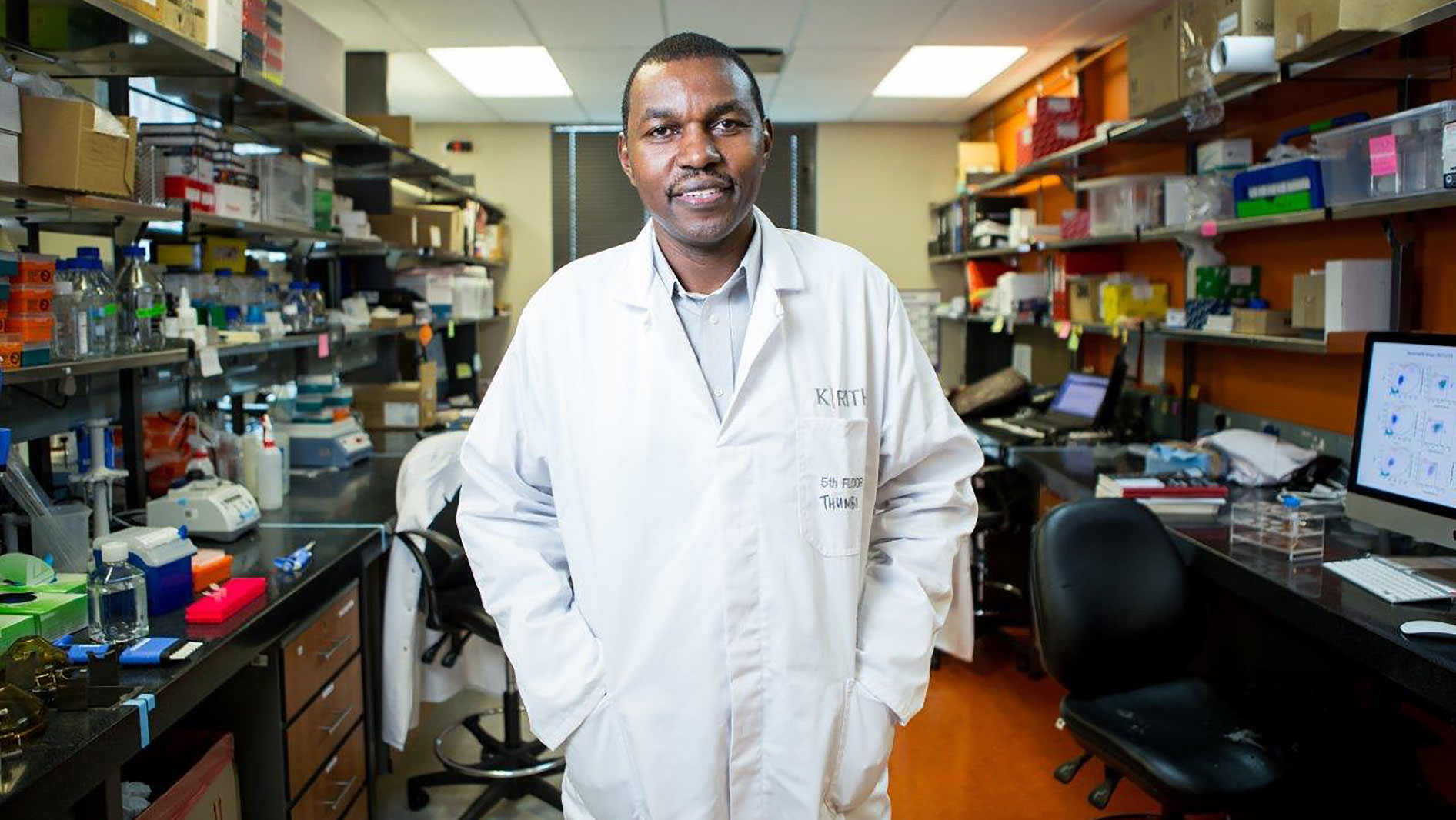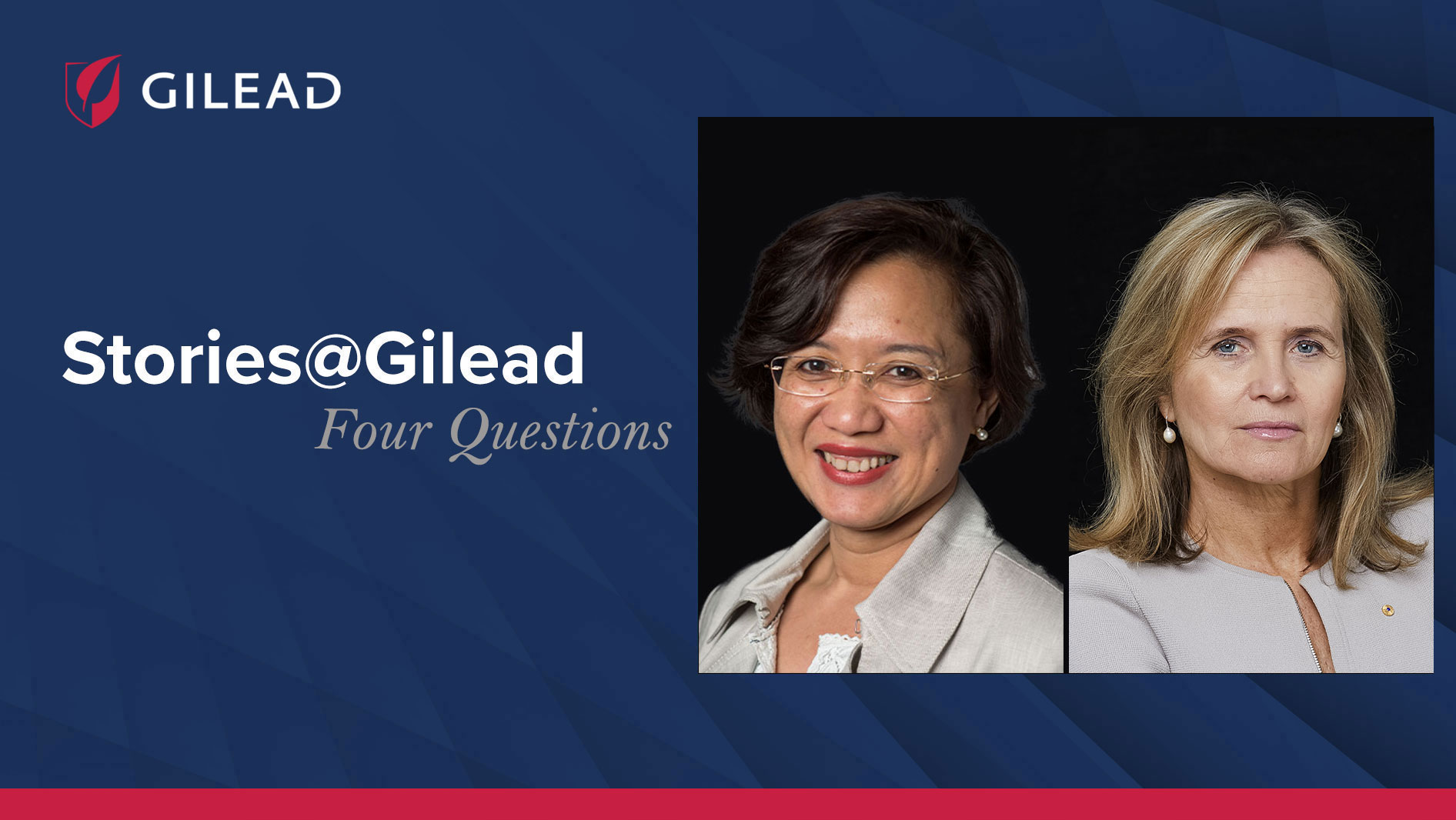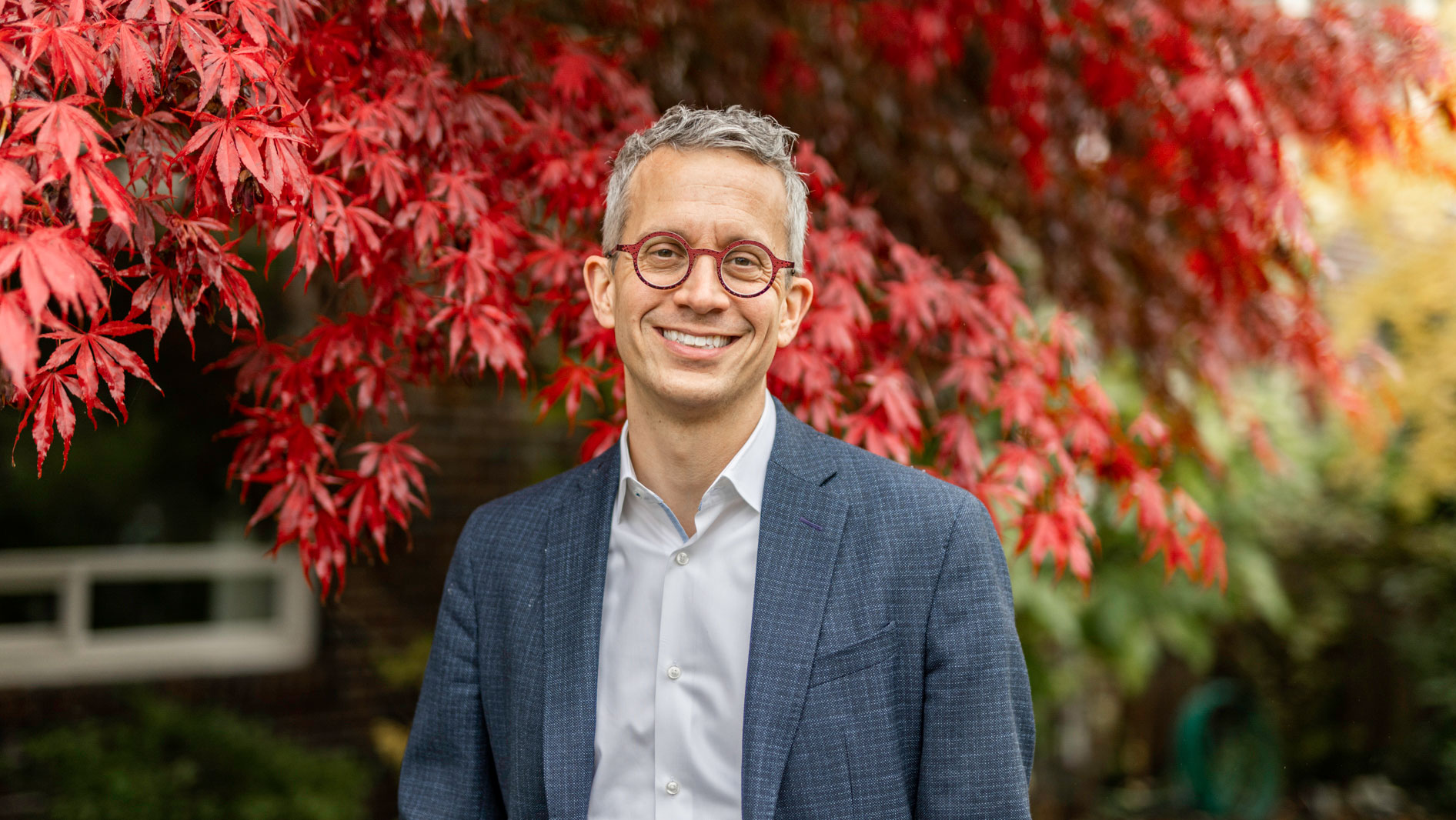Scientific Innovation
Prioritizing HIV Studies in Youth
Cheryl Pikora, MD - January 09, 2020 - 4 min read
Children began showing up at a clinic in the Larkana District of Pakistan with unexplained fevers in April of last year. Within the month, 14 children had tested positive for HIV. As of July, at least 776 children under the age of 15 are now known to be HIV positive in this region. Put in context, the number is concerning: Before this outbreak, only 1,000 children in all of Pakistan were living with HIV.
The Pakistan story is an example of an extreme situation, but it is also a stark reminder that the HIV epidemic has not ended yet for children globally. Last year, there were approximately 160,000 new infections in children, and around the world, it is estimated that 1.7 million children under the age of 15 are living with HIV.
As we see overall global targets for HIV treatment and prevention being reached, it’s important that children, who make up a much smaller percentage of the whole, aren’t slipping through the cracks.
Preventing more HIV infections is the ultimate goal. But what about those already infected? They are the future of the next epidemic. They will grow into teenagers and young adults, when they will be at risk of passing the infection on – to their partners and their own children. How can we prevent this?
One answer, of course, is to make sure they have access to and take medication that keeps the levels of the virus low in their blood to keep these individuals healthy and less likely to pass the virus on to others. But, unfortunately, for most of my career as a pediatrician, children haven’t had access to the same cutting-edge HIV treatments that became available to adults.
Administration of HIV medicine in children is difficult due to potentially complicated regimens. Adherence to treatment is difficult due to taste issues and food restrictions. Dosing is difficult due to lack of data on HIV therapies in children. As anyone who has ever tried to give a kid a 10-day course of antibiotics knows, getting children to take medicine is challenging enough without any additional complications.
Children benefit from medications with simple dosing and administration instructions. What that means for HIV treatment is that children can benefit from a medication that is easy to take and only needs to be taken once a day.
At Gilead, we’ve been putting resources behind improving care for children living with HIV. Since 2017, we’ve received FDA approval in the United States for two of our once-daily HIV therapies to treat children as young as six. We’re currently working to get a version of one of these medicines approved to treat children with HIV as young as 3 years of age. For some of these children, this represents the first time they have had access to a simple one-pill, once-a-day HIV dosing regimen. We’re also taking steps to pursue FDA approval of a formulation of an HIV medicine that could be given to babies as young as four weeks.
Gilead joined the Rome Action Plan in 2017, a group dedicated to expanding access to HIV medicines and decreasing deaths for children globally. This is an important partnership between private and public sector stakeholders working together to help this highly vulnerable group.
And we’re not stopping with HIV.
At Gilead, we’ve formed a cross-functional Pediatric Expertise and Knowledge (PEAK) team to share best practices in getting medicines approved to treat children across a wide range of diseases. By sharing information in this group, we are able to standardize how investigators are assessing issues with young study participants and address potential issues as quickly as possible.
It seems obvious that children benefit the most from simple medication dosing regimens – but getting there is anything but simple. There is a lot of work to be done to help treat children living with HIV and preventing new outbreaks, such as the one in Pakistan. As a pediatrician, it’s reassuring to know that stakeholders such as Gilead – and our industry partners and others in the Rome Action Plan – are working tirelessly to address these issues. I’ve seen the difference work like this makes for children and their families – and I’m proud to be part of it.
Cheryl Pikora, MD is a Senior Director at Gilead for HIV and Emerging Viral Infections. Before joining Gilead, Cheryl spent 20 years working as a pediatric infectious disease specialist, providing care to children with serious illnesses, including HIV.



